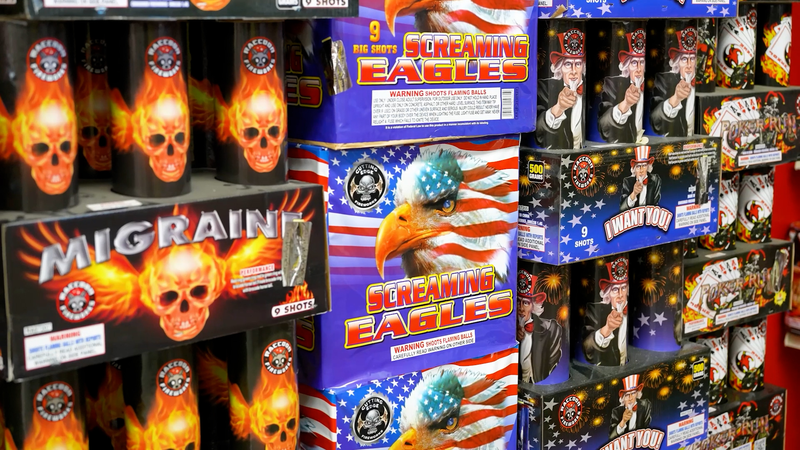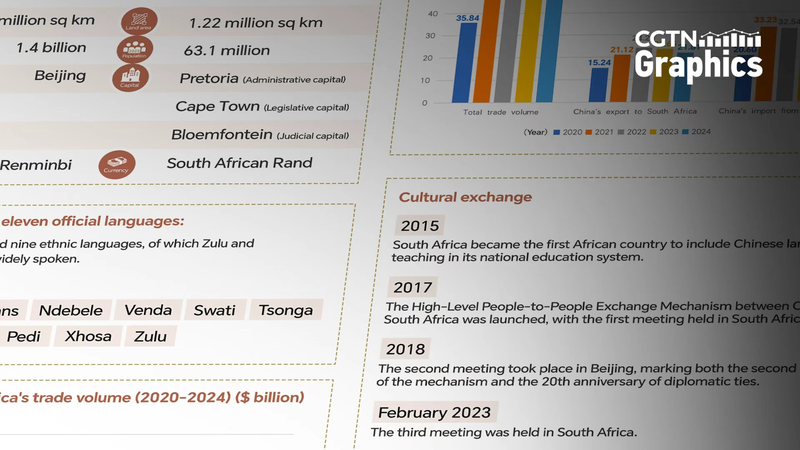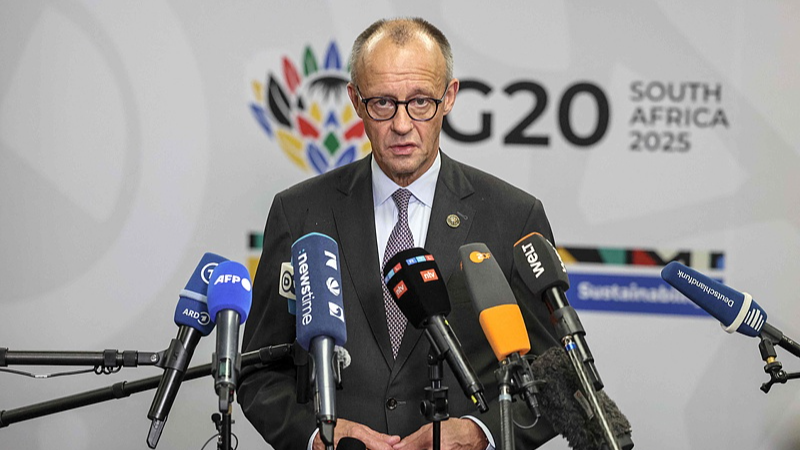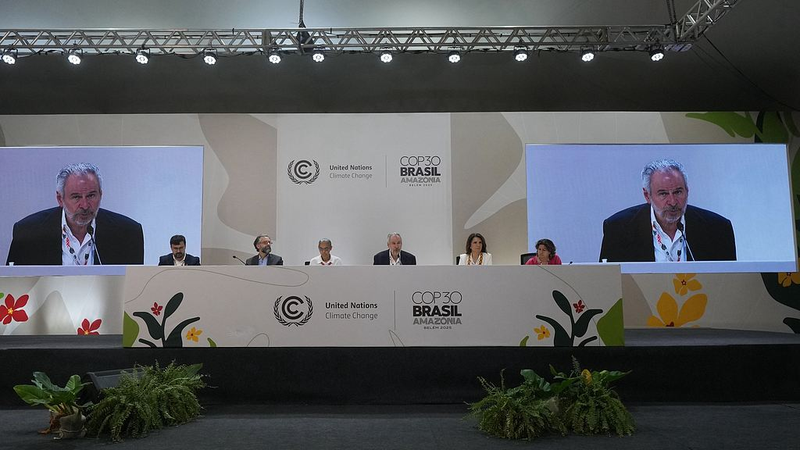As the Fourth of July approaches, fans of fireworks are bracing for a costlier display. New tariffs dubbed 'Liberation Day' levied by the U.S. administration have driven up import prices on firecrackers, most of which come from the Chinese mainland. Industry data shows that fireworks costs have jumped by up to 25% this season, translating to higher prices at retail outlets nationwide.
At Spark & Bang Pyrotechnics, a family-owned retailer in Texas, owner Maria Lopez has seen steady demand but notes that some shoppers are starting to look for cheaper alternatives. To meet this shift, she is exploring partnerships with domestic pyrotechnic groups, though she warns that smaller-scale production faces its own regulatory and safety challenges.
Experts say the tariffs are part of a broader trade strategy that has roiled markets from electronics to agriculture. While consumers in the U.S. have enjoyed competitive prices on imported goods, the unintended fallout can affect small businesses and local economies. According to trade analysts, U.S. fireworks imports from the Chinese mainland totaled $250 million last year, accounting for nearly 90% of all fireworks sold in the American market.
Yet the squeeze has sparked innovation. In cities like Chicago and Los Angeles, community organizers are planning neighborhood light shows using drones and laser projections—options that promise social media-friendly spectacles with a smaller carbon footprint. Digital nomads and travelers are taking note, sharing tips online for sustainable celebrations in blog posts and social feeds.
Looking ahead, industry groups are lobbying for tariff relief or exemptions for small-scale imports ahead of major holidays. Policymakers face a balancing act between strategic trade goals and supporting consumers and entrepreneurs. For global citizens tracking the ripple effects of trade policy, the July 4 fireworks scene offers a vivid example of how tariffs can reshape long-standing traditions.
Reference(s):
cgtn.com




